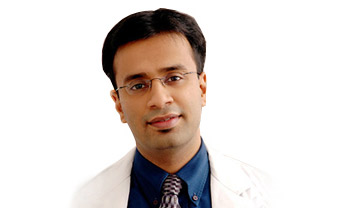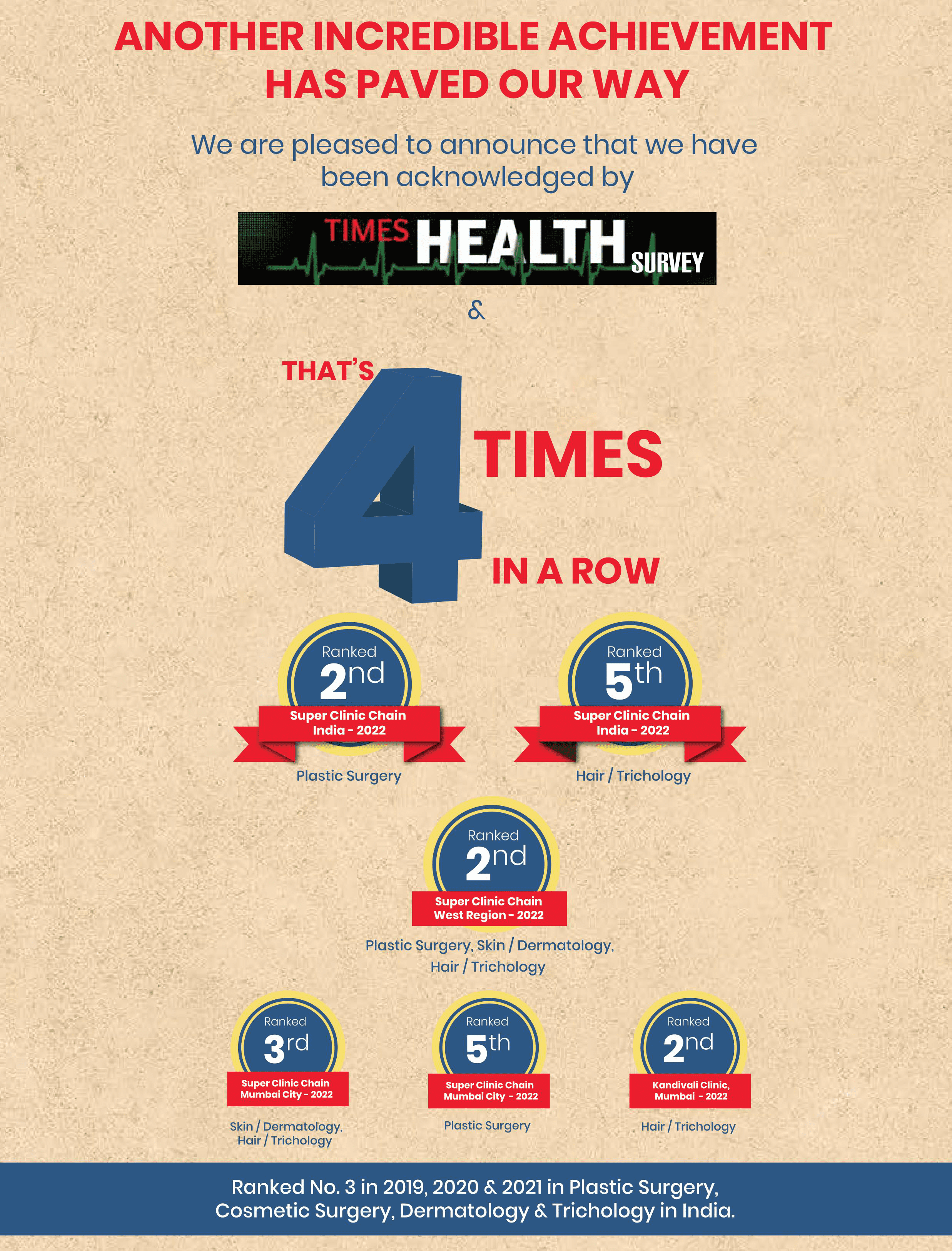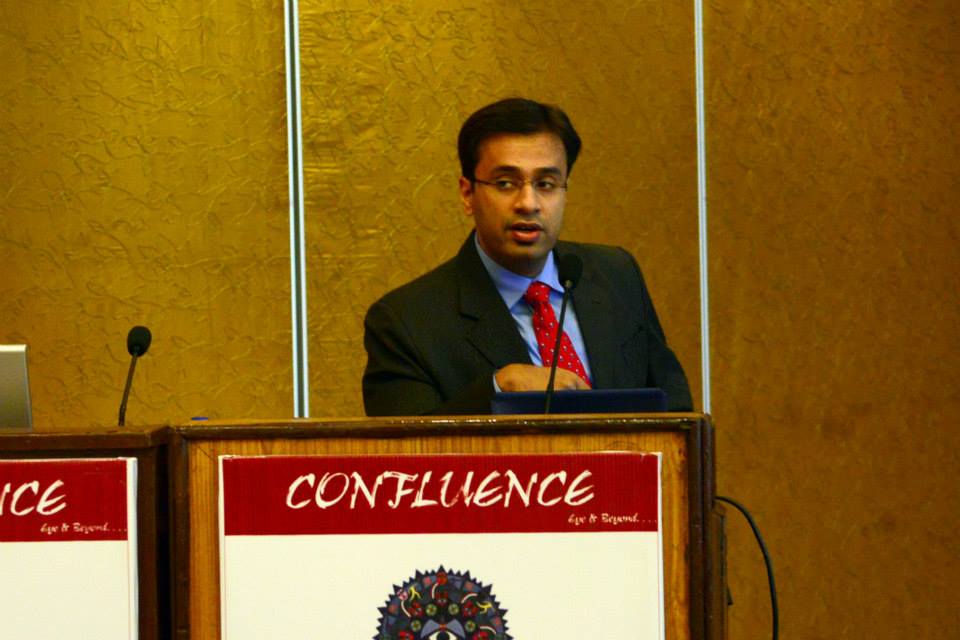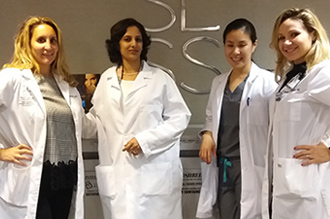DNA, Sunday, January 28, 2007
by, DNA Corrrespondant
As cosmetic surgery goes mainstream , more and more mumbaikers are buying bits and pieces of beauty. Aditi Seshadri on the booming business of nips and tucks, cuts and lifts.
Many bumps on the way – To better looks
With the growing acceptance of cosmetic surgery comes a gathering voice of concern — about botched-up operations, spurious promises and lack of accountability.
“One-third of my practice involves redoing other people’s crap,” says Dr
Mohan Thomas, of the Cosmetic Surgery Institute, Bandra. “The industry is filled with doctors making bogus claims and unsuspecting patients getting into trouble. There is a lack of experience and finesse.”
Adds Dr Debraj Shome, who is attached to the Aditya Jyot Eye Hospital,
Wadala: “More and more doctors are getting into cosmetic surgery because it is lucrative. But, unfortunately, many are not trained properly.” This is one reason for the growing incidence of messed-up procedures — largely with face, nose and tummy jobs — which put the patient’s health in danger and, in the process, ruin their looks and demolish morale.
“I find many doctors doing multiple procedures at the same time,” says Dr
Thomas. “A doctor has failed if something goes wrong and he can’t figure out what made it go wrong, or if he needs someone to correct the problem.”
Patients are seen by many cosmetic surgeons as cash cows, with the result that doctors not their eyes to procedures that people could well do without. “Often the problem is psychological,” says Mumbai surgeon Dr Sunil Keswani. “A woman wants her breasts enhanced in the hope that her husband will find her attractive and come back to her. But that’s not going to happen.”
Quite a few of those seeking cosmetic surgery have body dysmorphic disorder, a psychological condition where people have a distorted image of their bodies. “These people need psychiatric treatment, not cosmetic surgery,” says Dr Keswani.
“It’s difficult to verify credentials in India and there is little accountability,” says Dr Shome. The only way to check this, says Dr Thomas, is for doctors to be assessed internationally, and by enhancing their range of knowledge. They can do this, he adds, by meeting peers, addressing meetings and publishing papers in international journals.
After his hard work paid off with a big, fat bonus last year, Vikram Sud indulged himself in an unusual way — he went out and saved his neck. “The skin around my neck had been sagging. It made me look older; real ugly, like a turkey,” says the 31-year-old executive who works for a multinational bank in Mumbai.
“I had been toying with the idea of cosmetic surgery. When I got some extra cash, I went for it.”
There are an increasing number of people like Sud in Mumbai — young and old, women and men, girls and boys — with the money, the access and the burning inclination to get through surgery and other medical interventions what, they believe, has been denied them by nature: an improved look.
The procedure Sud used, which involves tightening the skin around the neck area, costs upwards of Rs. 25,000. But, says Sud, you can’t put a price on the boost his confidence has received since the operation. “Surgery might seem like an extreme solution, but what’s wrong with that?” Nothing at all, it seems, according to the incidental experience of cosmetic surgeons and other doctors across Mumbai.
Rising incomes, the mushrooming of cosmetic surgery procedures and their falling costs, the acceptance factor among family and friends, and the eternal fascination with enhancing one’s beauty — all of these are combining to take cosmetic surgery and its many cousins from a niche industry that catered to “filmy types” to main-street business.
“In the last three years, the number of Mumbaikars undergoing cosmetic surgery has increased by 300-400 per cent,” says Dr Mohan Thomas, director of the Cosmetic Surgery Institute, Bandra. “This industry is worth about Rs30 Rs50 crore a year in Mumbai. The figure for India could be as high as Rs200-Rs300 crore a year. And business is expected to double in 2007.” Dr Debraj Shome, a plastic surgeon with Aditya Jyot Eye Hospital, Wadala, says that Mumbai constitutes “some 50 per cent” of the total Botox usage in the entire country. Other experts have similar growth stories to tell about the burgeoning cosmetic surgery business.
Driving these numbers is the growing acceptability that it is OK to change the face and the body you were born with. Most importantly, cosmetic surgery has become more accessible and less intimidating, in terms of cost as well as techniques employed.
“We have only one life and I want to live it to the fullest,” says Kamal Kumar, a 50-year-old general manager who bought himself a facelift six weeks ago. “If I can look 30 when I’m 90, I will. Also, cosmetic surgery is really affordable these days, even for the middle class. Now my wife also wants to get it done.” Many see cosmetic surgery as an ‘investment’, like Tia Sharma (name changed), a 37-year-old schoolteacher who had a partial facelift two months ago. “It cost about Rs55,000; that’s not even a month’s salary,” she says. “It’s worth it — completely.” Besides the cost, Sharma was also attracted by the ease of the procedure. “Traditional facelifts left big scars around the face and needed an average of about six weeks in recovery time,” explains Dr Shome. But these days, there are more options, more refined and minimally invasive techniques that translate into smaller scars and briefer recovery periods. Says cosmetic consultant Shalini Desai (name changed), who had Botox injected to make her smile less gummy: “It took only two injections, 15-20 minutes, and the effect was almost immediate.” Dr Thomas calls “minimal-access cosmetic surgery” the key to the growing popularity of many beauty enhancement treatments.
The larger clientele was, and continues to be, women — young girls wanting to look better (especially before marriage) and older women yearning to look younger — with nose jobs, facelifts, breast surgeries, liposuction and tummy tucks being the most common procedures sought.
Men are joining the rush, but not always through the front door. “Fifty per cent of my patients are men,” says Dr Shome.
“Many are closet users; they come in for Botox treatments but don’t tell their wives.” Breast reduction surgery, removal of hip bulges and surgical hair transplants are some of the other common procedures popular with Mumbai’s men. Dr Thomas points to another, potentially alarming, trend.
“More teenagers, boys and girls, are coming in for cosmetic surgery,” he says. “Sometimes they come in on their own, but they’re usually brought by pushy parents who want to prepare them for marriage or a lucrative career in showbiz.” No age group wants, it seems, to miss out on the benefits cosmetic surgery can deliver. Many older people, with kids settled and money to burn, are turning to body and face contouring.
A small number is also having genital enhancement surgery: vaginal tightening and penile enhancement.
Business is booming like never before in an industry based on wants rather than needs, and prospects for the future look more than rosy. Better still, there is unlikely to be a shortage of customers in a world where you can never be too thin, too young or too beautiful.
“Men are joining the rush, but not always through the front door. “fifty per cent of many patient are men,” says Dr.Shome “many are closet users” they come in for botox treatments but don’t tell their wives.”


Dr. Debraj Shome is Director and Co founder of The Esthetic Clinics. He has been rated amongst the top surgeons in India by multiple agencies. The Esthetic Clinics patients include many international and national celebrities who prefer to opt for facial cosmetic surgery and facial plastic surgery in Mumbai because The Esthetic Clinics has its headquarters there.






